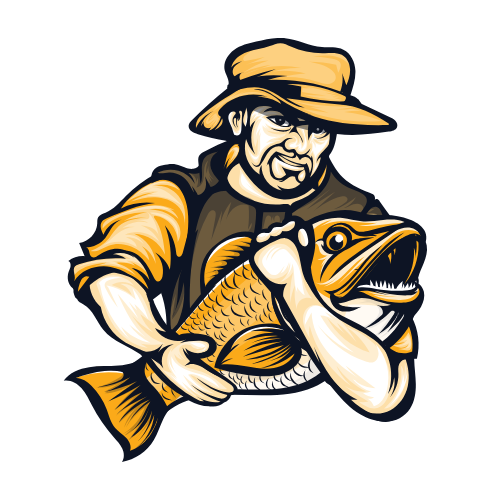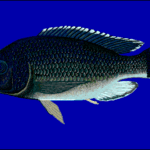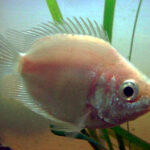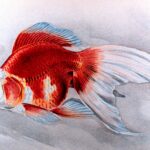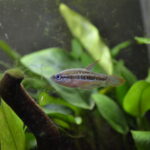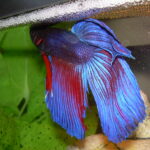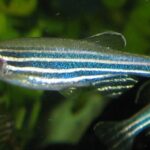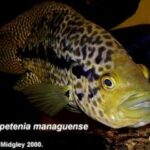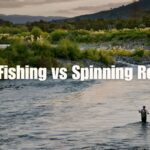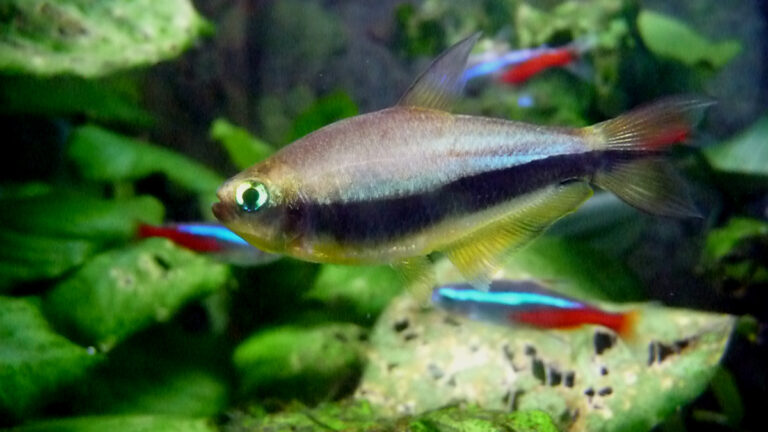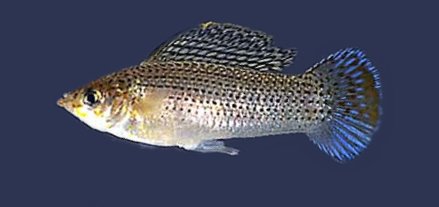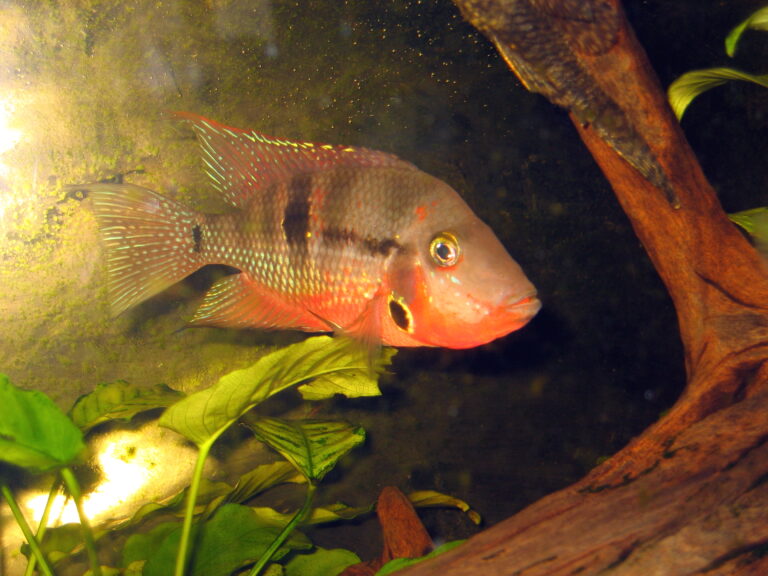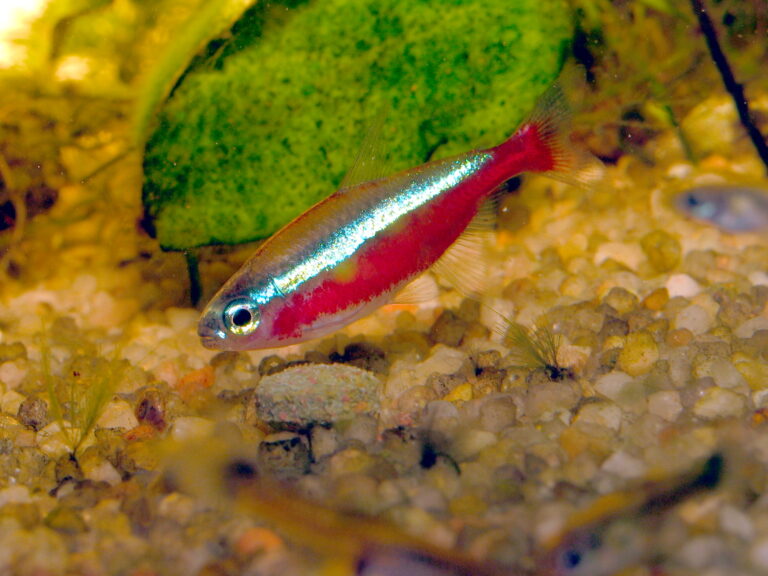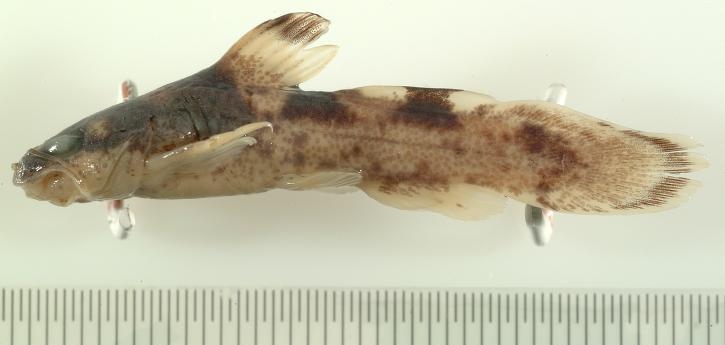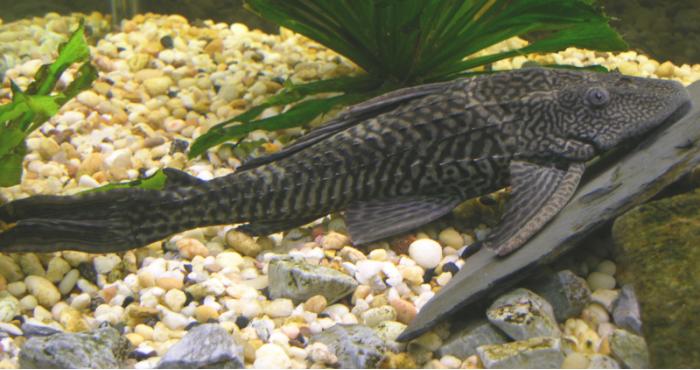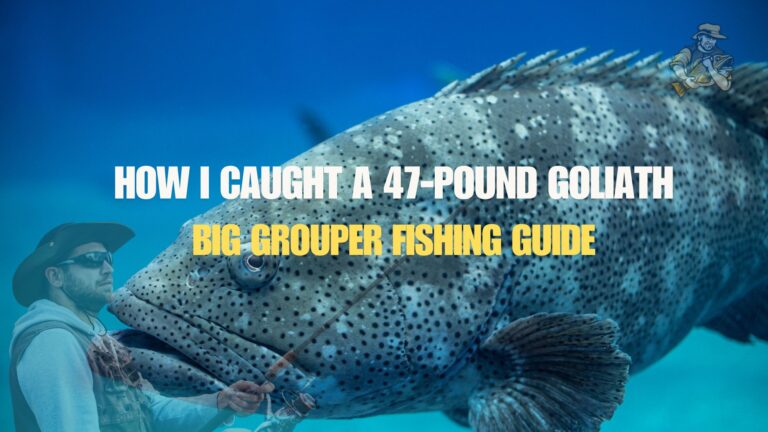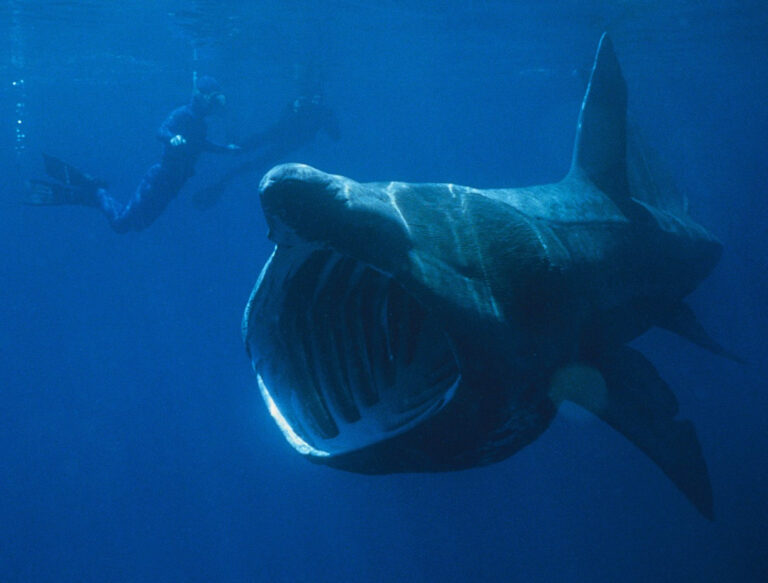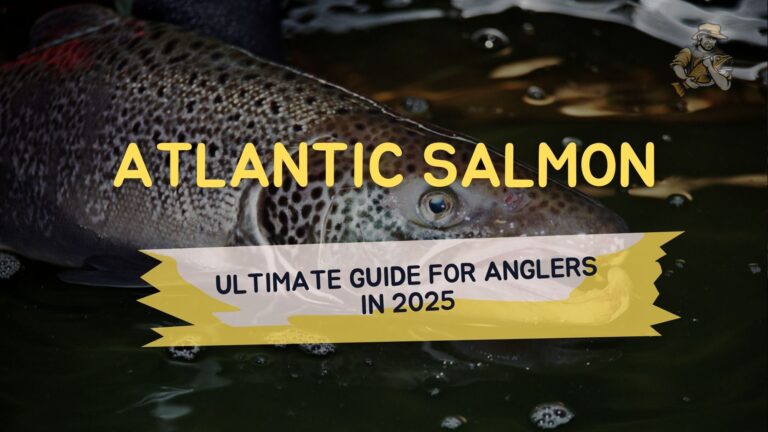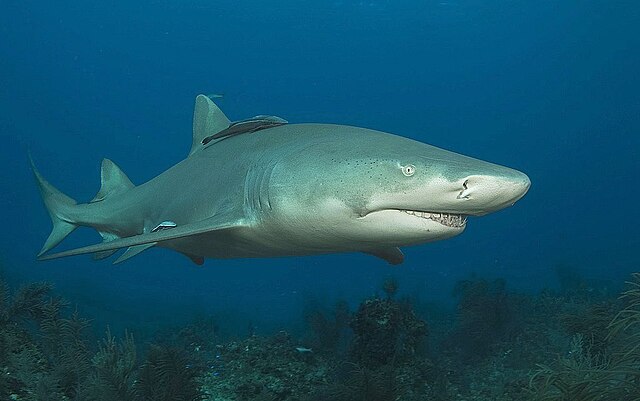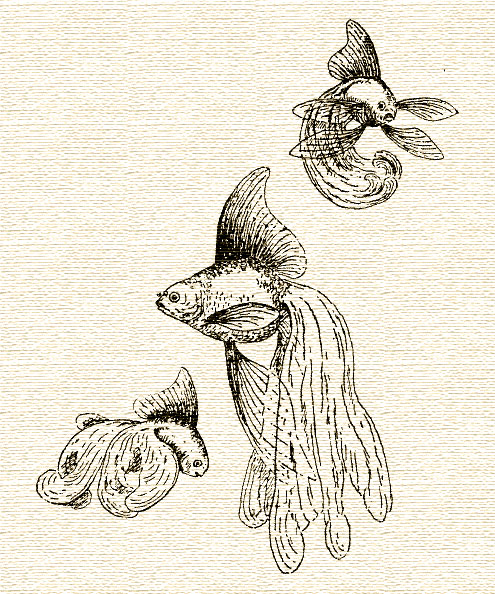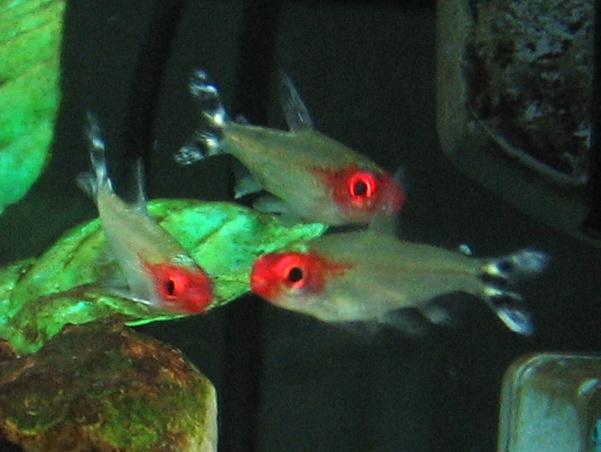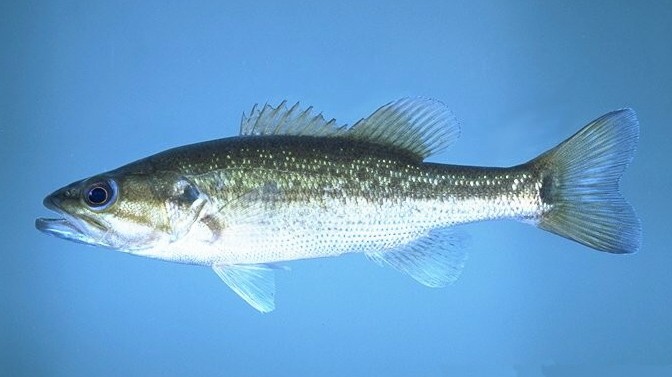Bleeding Heart Tetra
By Ryan Maron | Last Modified: June 8, 2025

The Bleeding Heart Tetra represents one of the most distinctive and peaceful freshwater fish species in the aquarium trade, captivating enthusiasts with its characteristic bright red marking that resembles a bleeding heart. Scientifically known as *Hyphessobrycon erythrostigma*, this South American characin belongs to the diverse tetra family and has established itself as a cornerstone species in community aquariums worldwide. Beyond its ornamental value, the Bleeding Heart Tetra plays a crucial ecological role in its native Amazonian tributaries as both a primary consumer of small invertebrates and zooplankton, and as an important forage species for larger predatory fish. Its schooling behavior and feeding patterns contribute significantly to nutrient cycling within riverine ecosystems, making it an integral component of neotropical freshwater food webs.
| Feature | Details |
|---|---|
| Common Name | Bleeding Heart Tetra |
| Scientific Name | Hyphessobrycon erythrostigma |
| Family | Characidae |
| Typical Size | 7-8 cm (2.8-3.1 inches), 3-5 grams |
| Habitat | Slow-moving rivers and tributaries |
| Diet | Omnivorous – insects, crustaceans, plant matter |
| Distribution | Amazon Basin, Colombia and Peru |
| Conservation Status | Least Concern |
Taxonomy & Classification
The Bleeding Heart Tetra belongs to the family Characidae, one of the largest and most diverse families of freshwater fish, encompassing over 1,200 species across South and Central America. Within this family, *Hyphessobrycon erythrostigma* is classified under the genus *Hyphessobrycon*, which contains approximately 140 recognized species of small to medium-sized tetras. The species was first scientifically described by Fowler in 1943, based on specimens collected from the upper Amazon basin.
The taxonomic classification follows the standard hierarchy: Kingdom Animalia, Phylum Chordata, Class Actinopterygii, Order Characiformes, Family Characidae, Genus *Hyphessobrycon*, and Species *erythrostigma*. The specific epithet “erythrostigma” derives from Greek, meaning “red spot,” directly referencing the distinctive crimson marking that gives this species its common name. Recent phylogenetic studies using molecular data have confirmed the placement of this species within the *Hyphessobrycon* genus, though some taxonomic relationships within the broader tetra group continue to be refined through ongoing research.
The Bleeding Heart Tetra shares close evolutionary relationships with other members of the *Hyphessobrycon* genus, including the popular Flame Tetra (*H. flammeus*) and the Serpae Tetra (*H. eques*). These species exhibit similar body plans, schooling behaviors, and ecological niches, suggesting a common ancestral lineage that diversified throughout the Amazon basin over millions of years.
Physical Description
The Bleeding Heart Tetra exhibits a laterally compressed, rhomboid body shape typical of characins, reaching a maximum standard length of approximately 8 centimeters in wild populations. The most distinctive feature is the prominent red to orange-red spot located just behind the gill covers on each side of the body, resembling a heart or droplet of blood. This marking typically measures 3-4 millimeters in diameter and may vary in intensity based on the fish’s emotional state, health, and breeding condition.
The base coloration consists of a silver to pale yellow body with subtle metallic reflections that shimmer under proper lighting conditions. A faint horizontal stripe extends from behind the eye to the caudal peduncle, becoming more pronounced during periods of stress or excitement. The dorsal fin displays a characteristic black marking on its anterior portion, while the anal fin shows a distinctive elongated shape in mature males, extending well beyond the normal triangular profile seen in females.
Sexual dimorphism becomes apparent in adults, with males developing more intense coloration and extended finnage. Males typically display a deeper red heart marking and possess a noticeably longer, sickle-shaped anal fin that may extend past the base of the caudal fin. Females maintain a more subdued coloration and fuller body profile, particularly evident during breeding seasons when gravid with eggs. The caudal fin in both sexes shows a slight fork with transparent to pale yellow coloration and subtle dark edging on the lobes.
The scales are cycloid and relatively large for the fish’s size, with approximately 28-32 scales along the lateral line. The mouth is terminal and moderately sized, equipped with small conical teeth suitable for processing both plant matter and small invertebrate prey. The eye is proportionally large, measuring roughly 25-30% of the head length, indicating adaptation to moderate light conditions typical of their natural habitat.
Habitat & Distribution
The Bleeding Heart Tetra inhabits the vast network of tributaries within the Amazon basin, with confirmed populations in Colombia, Peru, and portions of western Brazil. These fish predominantly occupy slow-moving rivers, streams, and backwater areas characterized by soft, acidic water conditions with pH levels ranging from 5.5 to 6.8. Water temperatures in their native range typically fluctuate between 24-28°C (75-82°F), with seasonal variations corresponding to wet and dry periods.
Their preferred microhabitats include areas with moderate vegetation coverage, fallen logs, and overhanging riparian forest canopy that provides dappled lighting conditions. These environments typically feature sandy to fine gravel substrates with accumulations of leaf litter and organic debris that support diverse invertebrate communities. Water hardness levels remain consistently low, generally below 5 dGH, reflecting the mineral-poor nature of rainwater-fed Amazonian waterways.
During flood seasons, Bleeding Heart Tetras often venture into temporarily inundated forest floors, taking advantage of abundant food resources and spawning opportunities among submerged vegetation. These seasonal migrations demonstrate their adaptability to changing environmental conditions and highlight their important role in nutrient transfer between aquatic and terrestrial ecosystems. The species shows particular affinity for areas with gentle currents and water depths ranging from 0.5 to 3 meters.
Geographically, the species distribution centers around the upper Amazon basin, with documented populations in the Putumayo, Napo, and Ucayali river systems. Recent ichthyological surveys have expanded the known range to include several previously undocumented tributaries, suggesting that Bleeding Heart Tetras may have a broader distribution than initially recognized. However, habitat fragmentation and water quality degradation in some regions have led to localized population declines, particularly in areas affected by agricultural runoff and deforestation.
Diet & Feeding Behavior
Bleeding Heart Tetras exhibit omnivorous feeding behavior, consuming a diverse array of food items that reflect the seasonal abundance patterns of their Amazonian habitat. Their diet consists primarily of small invertebrates including chironomid larvae, copepods, cladocerans, and various aquatic insect nymphs. During flood seasons, they supplement their protein intake with terrestrial insects that fall into the water, such as ants, small beetles, and fly larvae.
Plant matter constitutes approximately 30-40% of their natural diet, with particular preference for soft algae, diatoms, and decomposing organic material. They actively graze on periphyton growing on submerged surfaces and consume small seeds and plant fragments carried by water currents. This omnivorous approach provides nutritional flexibility that allows populations to persist through seasonal variations in food availability.
Feeding typically occurs during daylight hours, with peak activity observed during early morning and late afternoon periods. The species employs a combination of picking and filtering feeding strategies, using their small terminal mouths to extract individual prey items from the water column and substrate surfaces. Their pharyngeal teeth are well-adapted for processing both plant and animal material, allowing efficient nutrient extraction from diverse food sources.
Social feeding behavior is prominent, with individuals often feeding in loose aggregations that may include multiple tetra species varieties sharing similar ecological niches. This cooperative feeding strategy likely reduces individual predation risk while increasing foraging efficiency through information sharing about productive feeding areas. Juvenile fish show more pronounced schooling behavior during feeding, gradually becoming more independent as they mature.
The species demonstrates remarkable feeding plasticity in captive environments, readily accepting commercial flake foods, frozen invertebrates, and live prey. This adaptability has contributed significantly to their success in the aquarium trade and their reputation as hardy, easy-to-maintain fish for community tanks.
Behavior & Adaptations
Bleeding Heart Tetras exhibit complex schooling behavior that serves multiple ecological functions including predator avoidance, foraging efficiency, and social communication. Schools typically consist of 20-50 individuals in natural settings, though larger aggregations of several hundred fish have been observed during seasonal migrations. The schooling structure shows dynamic organization, with individuals constantly adjusting their positions based on environmental stimuli and social cues from neighboring fish.
Their swimming pattern follows a characteristic mid-water column preference, rarely venturing to surface or bottom areas except during specific feeding or breeding activities. The species demonstrates remarkable maneuverability, capable of rapid directional changes and synchronized group movements that help evade predatory strikes. This agility results from specialized body morphology including a well-developed lateral line system that detects water movement and pressure changes.
Territorial behavior emerges primarily during breeding periods, when males establish and defend small spawning territories among vegetation or other structural elements. Outside of reproductive seasons, the species shows minimal aggression and maintains peaceful coexistence with both conspecifics and other fish species sharing their habitat. This peaceful disposition has made them highly valued in community aquarium settings.
Communication occurs through a combination of visual displays, chemical signals, and behavioral cues. The intensity of the red heart marking can vary rapidly based on emotional state, serving as a visual signal to other individuals. Stressed or subordinate fish often display faded coloration, while dominant individuals during breeding maintain the most vibrant markings. Chemical communication likely plays a role in school cohesion and spawning readiness, though specific pheromone mechanisms remain understudied.
Adaptations to their Amazonian environment include tolerance for fluctuating water conditions, efficient oxygen extraction capabilities for low-oxygen environments, and behavioral flexibility that allows exploitation of diverse food resources. Their large eyes provide excellent vision in the dappled light conditions typical of forest streams, while their streamlined body shape enables efficient swimming in both still and flowing water environments.
Reproduction & Life Cycle
The reproductive cycle of Bleeding Heart Tetras follows seasonal patterns closely tied to Amazonian flood cycles, with peak spawning activity occurring during rising water periods from November through February. Sexual maturity is typically reached at 8-10 months of age when fish attain approximately 60-70% of their adult size. Environmental triggers for spawning include increased water levels, reduced water hardness, and rising temperatures associated with seasonal weather patterns.
Courtship behavior involves elaborate displays by males, who intensify their coloration and perform swimming patterns designed to attract females to selected spawning sites. Males establish temporary territories around suitable spawning substrates, typically consisting of fine-leaved aquatic plants or root masses where eggs can be scattered and partially concealed from predators. The courtship process may extend over several days, with multiple males competing for female attention.
Spawning occurs during early morning hours, with pairs releasing eggs and sperm simultaneously in brief spawning embraces lasting 2-3 seconds. A single female may produce 200-500 eggs during a spawning event, though larger, well-conditioned individuals can release up to 800 eggs. The eggs are non-adhesive, semi-transparent, and measure approximately 1.2 millimeters in diameter. Fertilization rates in natural conditions typically exceed 80% when environmental conditions are optimal.
Egg development proceeds rapidly in warm Amazonian waters, with hatching occurring within 24-36 hours post-fertilization. Newly hatched larvae measure approximately 3-4 millimeters and possess a prominent yolk sac that sustains them for the first 48-72 hours of life. The fry become free-swimming after yolk absorption and begin feeding on microscopic organisms including rotifers, paramecia, and newly hatched brine shrimp nauplii.
Juvenile growth rates vary significantly based on food availability and water conditions, but typically reach 1-2 centimeters in length by three months of age. Mortality rates are highest during the first month of life, with predation, starvation, and environmental fluctuations contributing to survival rates of approximately 10-15% in natural conditions. Sexual dimorphism begins to develop around 4-5 months of age, becoming clearly evident by sexual maturity.
Predators & Threats
Natural predators of Bleeding Heart Tetras include a diverse assemblage of piscivorous fish, aquatic reptiles, and birds that inhabit Amazonian waterways. Primary fish predators encompass larger characins such as piranha species (*Pygocentrus* and *Serrasalmus*), peacock bass (*Cichla* species), and various catfish including *Pseudoplatystoma* and *Sorubim* species. These predators employ different hunting strategies, from ambush attacks by peacock bass to coordinated group hunting by piranha schools.
Avian predators pose significant threats, particularly during low water periods when Bleeding Heart Tetras become concentrated in reduced habitat areas. Kingfishers, herons, and other piscivorous birds take advantage of these seasonal aggregations to capture substantial numbers of fish. Aquatic reptiles including caimans and large snakes also contribute to predation pressure, though their impact varies considerably based on local population densities and habitat characteristics.
Anthropogenic threats have emerged as increasingly significant factors affecting wild populations. Deforestation along riverbanks reduces habitat quality by eliminating shade cover and increasing water temperatures beyond optimal ranges. Agricultural runoff introduces pesticides and fertilizers that can directly poison fish or create eutrophic conditions leading to oxygen depletion events. Mercury contamination from artisanal gold mining operations presents another serious concern, as this heavy metal bioaccumulates through food chains and can cause neurological damage in fish.
Habitat fragmentation resulting from dam construction and water diversions disrupts seasonal migration patterns essential for successful reproduction. Some tributary systems have experienced complete habitat loss due to hydroelectric projects, eliminating entire local populations. Climate change effects including altered precipitation patterns and increased temperature extremes may further stress populations already dealing with habitat degradation.
The aquarium trade, while generally sustainable, can create localized collection pressure in easily accessible areas. However, most commercial specimens are now captive-bred, reducing wild collection impacts. Disease transmission from escaped or released aquarium fish represents a potential biosecurity concern, though documented cases remain limited in South American systems.
Conservation Status
The International Union for Conservation of Nature (IUCN) currently classifies the Bleeding Heart Tetra as “Least Concern,” reflecting relatively stable populations across much of its native range. However, this broad classification may not adequately represent localized population trends or emerging threats in specific watersheds. Recent ichthyological surveys suggest that while the species remains common in protected areas and remote tributaries, populations in heavily impacted regions show concerning decline patterns.
Regional conservation assessments present a more nuanced picture, with Colombian and Peruvian authorities recognizing habitat degradation as an ongoing concern for many Amazonian fish species, including the Bleeding Heart Tetra. The species benefits from its inclusion in several protected areas including Manú National Park in Peru and various indigenous reserves throughout the Amazon basin, where traditional fishing practices and habitat protection measures help maintain stable populations.
The primary conservation challenge lies in addressing landscape-level threats that affect entire watershed systems rather than individual species. Deforestation rates in the Amazon basin continue to impact riparian zones essential for maintaining water quality and providing terrestrial food inputs that support tetra populations. According to satellite monitoring data, approximately 2-3% of suitable habitat is lost annually in some sub-basins due to conversion for agriculture and infrastructure development.
International cooperation through organizations such as the Amazon Cooperation Treaty Organization (ACTO) has established frameworks for transboundary conservation efforts. These initiatives focus on watershed management approaches that protect entire ecological communities rather than individual species. The Convention on International Trade in Endangered Species (CITES) does not currently regulate trade in Bleeding Heart Tetras, as commercial breeding programs supply the vast majority of aquarium trade demand.
Research priorities include long-term population monitoring, assessment of climate change impacts, and evaluation of habitat restoration techniques in degraded areas. Several universities in Colombia and Peru maintain ongoing research programs that monitor fish community health as indicators of overall ecosystem integrity, providing valuable data for conservation planning efforts.
Human Interaction
The relationship between humans and Bleeding Heart Tetras extends beyond simple aquarium keeping to encompass broader cultural and economic dimensions within their native range. Indigenous communities throughout the Amazon basin have traditionally included these fish in subsistence fishing activities, though their small size makes them less significant than larger species for protein provisioning. Traditional ecological knowledge among river communities often includes detailed understanding of tetra behavior, seasonal movements, and habitat preferences.
In the international aquarium trade, Bleeding Heart Tetras represent one of the most consistently popular South American species, with annual trade volumes estimated at 500,000-750,000 individuals globally. The vast majority of commercial specimens originate from captive breeding facilities in Southeast Asia, Eastern Europe, and Florida, reducing pressure on wild populations while maintaining genetic diversity through periodic introduction of wild-caught breeding stock.
Commercial breeding operations have refined techniques for mass production, achieving spawning success rates exceeding 90% under controlled conditions. These facilities typically maintain water parameters that closely mimic natural conditions, including soft, acidic water with temperatures around 26-27°C. Specialized diets incorporating live and frozen foods help maintain breeding condition and ensure high-quality offspring suitable for the aquarium trade.
Ecological research involving Bleeding Heart Tetras has contributed significantly to understanding of Amazonian fish community dynamics and ecosystem functioning. Their role as both predator and prey species makes them valuable indicator organisms for assessing habitat quality and environmental change impacts. Several long-term ecological studies have used tetra abundance and community composition as metrics for evaluating conservation effectiveness in protected areas.
Educational programs in public aquariums frequently feature Bleeding Heart Tetras as representatives of Amazonian biodiversity, helping raise awareness about rainforest conservation issues. Their peaceful nature and attractive appearance make them excellent ambassadors for South American freshwater ecosystems, particularly in community aquarium displays alongside other tropical species.
The species has also contributed to scientific understanding of fish behavior, schooling dynamics, and sensory biology through laboratory research. Studies of their lateral line system and schooling responses have provided insights applicable to broader fish biology and biomimetic engineering applications.
Interesting Facts
The distinctive red marking that gives Bleeding Heart Tetras their common name contains specialized chromatophores that can rapidly adjust color intensity based on the fish’s physiological state. During courtship displays, males can intensify this marking by up to 40% within seconds, creating a pulsing effect that serves as a visual signal to potential mates. This color-changing ability also functions as a stress indicator, with frightened or subordinate individuals showing significantly faded markings.
Research has revealed that Bleeding Heart Tetras possess remarkable memory capabilities, able to remember feeding locations and recognize individual tank mates for periods exceeding six months. Laboratory studies demonstrate their ability to learn complex maze patterns and associate specific visual cues with food rewards, suggesting cognitive abilities more advanced than previously recognized in small characins.
The species exhibits an unusual swimming behavior called “synchronized turning,” where entire schools execute precise directional changes with reaction times under 20 milliseconds. High-speed photography has revealed that this coordination occurs through a combination of visual cues and lateral line sensing, allowing schools to function as a single coordinated unit when evading predators or navigating obstacles.
Bleeding Heart Tetras can survive in waters with dissolved oxygen levels as low as 2.5 mg/L, significantly lower than most aquarium fish species. This adaptation allows them to inhabit stagnant backwaters and areas with heavy organic loading that would be unsuitable for less tolerant species. Their enhanced oxygen extraction efficiency results from specialized gill structure and increased red blood cell counts compared to related species.
In their native habitat, these fish participate in mixed-species schools that can include up to eight different tetra species simultaneously. Each species maintains its preferred position within the water column while benefiting from the protection and foraging advantages of group behavior. This interspecies cooperation represents one of the most complex schooling systems documented in freshwater fish communities.
The longevity record for Bleeding Heart Tetras in captivity exceeds 12 years, though wild populations typically experience shorter lifespans due to predation and environmental pressures. Captive individuals often develop enhanced coloration and larger size compared to their wild counterparts, likely due to consistent nutrition and absence of predation stress.
Frequently Asked Questions
How large do Bleeding Heart Tetras grow and what tank size do they require?
Adult Bleeding Heart Tetras typically reach 7-8 centimeters (2.8-3.1 inches) in length, making them medium-sized members of the tetra family. A minimum tank size of 150 liters (40 gallons) is recommended for a school of 6-8 individuals, though larger tanks provide better swimming space and more stable water conditions. The tank should be longer rather than taller, as these fish prefer horizontal swimming space that mimics their natural river habitat.
What water conditions do Bleeding Heart Tetras prefer in aquarium settings?
These fish thrive in soft, slightly acidic water with pH levels between 6.0-7.0 and water hardness below 10 dGH. Temperature should be maintained between 24-27°C (75-81°F), with excellent filtration to ensure high water quality. Adding natural tannins through driftwood or leaf litter helps replicate their native Amazonian environment and often enhances their natural coloration.
Are Bleeding Heart Tetras compatible with other aquarium fish species?
Bleeding Heart Tetras are peaceful community fish that coexist well with similarly-sized, non-aggressive species. Ideal tank mates include other South American tetras, peaceful dwarf cichlids, Corydoras catfish, and small to medium-sized characins. They should be kept in schools of at least six individuals to maintain natural behavior and reduce stress. Avoid housing them with aggressive species or fish large enough to consider them prey.
How can you distinguish between male and female Bleeding Heart Tetras?
Sexual dimorphism becomes apparent in mature individuals, with males displaying more intense red heart markings and significantly elongated anal fins that extend well beyond the normal triangular shape. Males also tend to be slightly smaller and more slender than females, while mature females show fuller body profiles, especially when carrying eggs. During breeding condition, these differences become even more pronounced as males intensify their courtship coloration.
Conclusion
The Bleeding Heart Tetra stands as both an ecological keystone species in Amazonian freshwater systems and a beloved representative of South American ichthyodiversity in the global aquarium community. Their complex schooling behaviors, omnivorous feeding strategies, and adaptability to varying environmental conditions underscore their importance in maintaining healthy river ecosystem functions. While current conservation status remains stable, ongoing habitat protection efforts and sustainable aquaculture practices will be essential for ensuring that future generations can continue to appreciate these remarkable fish both in their natural habitats and in carefully maintained aquarium environments.
Share The Article:
More Fish Species:
-
Emperor Tetra
The Emperor Tetra (*Nematobrycon palmeri*) stands as one of the most distinctive and sought-after freshwater fish species in the…
-
Sailfin Molly
The Sailfin Molly stands as one of the most distinctive freshwater fish species in both wild ecosystems and aquarium…
-
Firemouth Cichlid
The Firemouth Cichlid (*Thorichthys meeki*) stands as one of Central America’s most recognizable freshwater fish species, distinguished by its…
-
Cardinal Tetra
The Cardinal Tetra (Paracheirodon axelrodi) stands as one of the most vibrant and sought-after freshwater aquarium fish in the…
-
Madtom Catfish
The Madtom Catfish represents one of North America’s most fascinating yet underappreciated groups of freshwater fish. These diminutive members…
-
Pleco
The **Pleco**, scientifically known as *Pterygoplichthys multiradiatus* (common pleco), represents one of the most recognizable and ecologically significant groups…
Discover
-
Utah Fishing License Guide: Costs, Requirements & Hidden Tips for 2025
When I first planned a fishing trip to Utah’s beautiful waters about a decade ago, figuring out the licensing…
-
7 Best Places to Go Fishing in Florida (2025 Guide for All Anglers)
Florida’s known as the Fishing Capital of the World for good reason. With over 7,700 lakes, 10,550 miles of…
-
How I Caught a 47-Pound Goliath: Big Grouper Fishing Guide
That morning started like most fishing trips – with complete optimism followed by immediate disappointment. We’d motored 12 miles…
-
Basking Shark
The Basking Shark stands as one of the ocean’s most magnificent gentle giants, representing the second-largest fish species on…
-
Atlantic Salmon: Ultimate Guide for Anglers in 2025
For as long as I can remember, I’ve been captivated by Atlantic salmon fishing. There’s something almost mystical about…
-
Lemon Shark
The Lemon Shark (*Negaprion brevirostris*) represents one of the most scientifically studied and ecologically significant predators in coastal marine…
Discover
-
How to Use a Spinnerbait: Complete Guide for Beginners
In my three decades of fishing experience, I’ve found few lures as versatile and effective as the humble spinnerbait….
-
Veiltail Goldfish
The Veiltail Goldfish stands as one of the most distinctive and graceful varieties within the goldfish family, renowned for…
-
Rummy Nose Tetra
The Rummy Nose Tetra stands as one of the most distinctive and recognizable small freshwater fish species in South…
-
Spotted Bass
The Spotted Bass (Micropterus punctulatus) stands as one of North America’s most distinctive freshwater game fish, renowned for its…
-
Banana Fishing Myths Busted: The Truth Behind Fishing’s Strangest Superstition
Ask any hardcore angler about bringing a banana on their boat, and you might get a reaction stronger than…
-
Bass Fishing Techniques: Expert Tips That Actually Work
Bass fishing has been my passion for over three decades, and if there’s one thing I’ve learned, it’s that…
